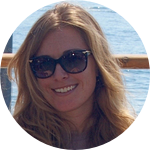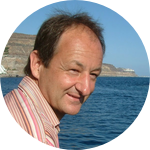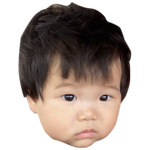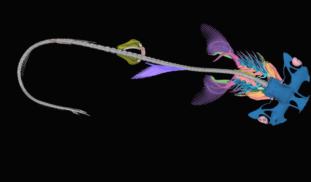Please wait...
About This Project
The Chondrichthyan Tree of Life Project, when completed, will be a comprehensive user-friendly resource, available to anyone with an internet connection. It will document all of the known species of sharks, skates, rays, and chimaeras in the world and will include illustrations, interactive range maps, dissections and a tree of relationships for all species. We are seeking funds to add natural history pages to the website and to cover website maintenance.

Browse Other Projects on Experiment
Related Projects
Zap-pore: DIY Electroporation for Global Biotech Accessibility and for plant genetic engineering
Zap-pore is a low-cost (10$), open-source DIY tool for electroporation, using everyday tools and common...
Exploring African biodiversity with an open-source educational program in Plant Synthetic Biology
Much of Africa's plants have not been studied. As a non-profit, SynBio4ALL aims to study plant biodiversity...
Empowering high school students in genome sequencing and bioinformatics
This project transforms HS science education by integrating real-time DNA barcoding and bioinformatics into...





